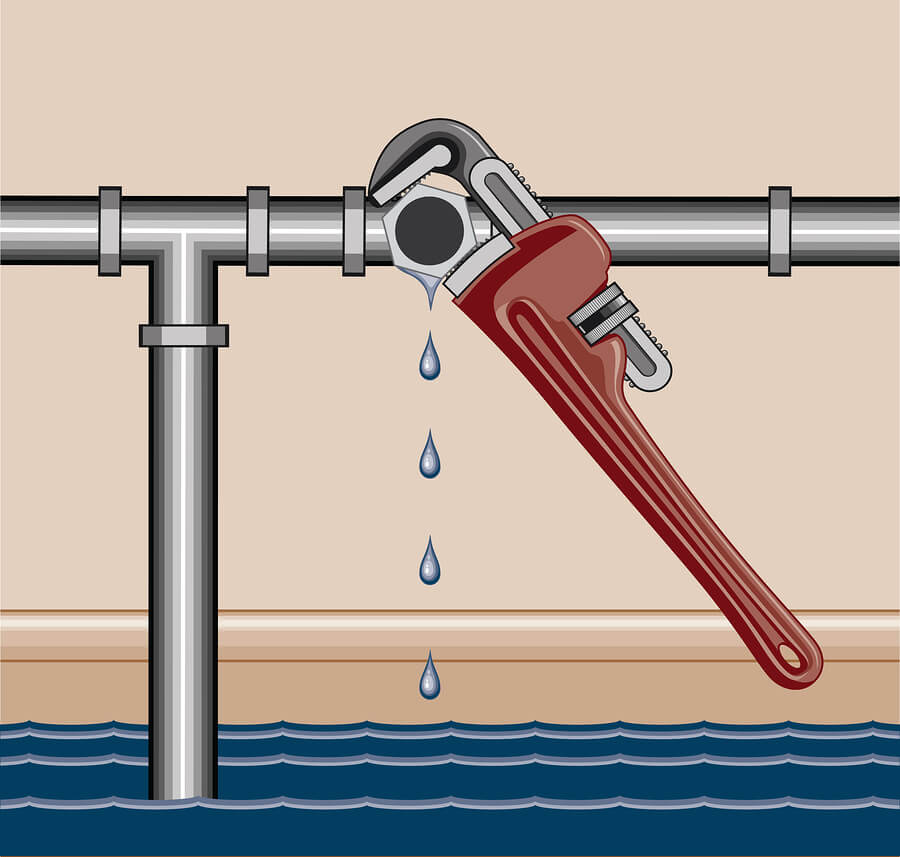Identifying the Six Most Common Causes of Water Leaks in Your Home
Visit Our WebsiteWhat're your beliefs about Common Water Leaks In House?

Leaks not just create waste of water however can likewise cause unnecessary damages to your house as well as promote undesirable natural development. By looking and also comprehending for daily situations that cause leakages, you can secure your house from future leaks and also unnecessary damages.
Instant temperature level modifications.
Extreme temperature level changes in our pipelines can trigger them to expand as well as get suddenly. This expansion as well as tightening may create cracks in the pipes, specifically if the temperature level are below cold.
Rusty water systems
As time passes by, your plumbing system ages as well as corrosion such as rust might begin gnawing the pipelines. This might be the source of staining or warping on your pipes. This calls for an examination with your plumber promptly. Think about replacing the pipelines since they are at a greater risk of rust than the newer versions if our plumbing system is old.
Defective Pipe Joints
The factor at which your pipelines link is regularly the weakest link in the waterline. Pipeline joints can weaken with time, causing water leaks. Regrettably, the majority of pipe joints are not conveniently visible. If you have noisy pipes that make ticking or banging sounds, especially when the warm water is turned on, your pipe joints are most likely under a great deal of pressure. It is recommended to have your plumber evaluate your system annually.
Encroaching roots
Most water leakages start outside the house instead than inside it. You could notice damp patches or sinkholes in your backyard, and that might imply that tree roots are getting into water lines causing water to leak out.
Poor Water Connectors
At times, a leakage can be created by loosened hose pipes and pipelines that supply your appliances. In case of a water links leak, you may see water running directly from the supply line or puddles around your devices.
Obstructed Drains
Blocked drains could be aggravating as well as inconveniencing, but they can sometimes wind up causing an overflow bring about break pipes. Maintain removing any kind of materials that may decrease your drains that might clog them to stay clear of such troubles.
All the above are sources of leaks but not all water leakages arise from plumbing leaks; some leaks might originate from roofing system leaks. All leakages ought to be fixed instantly to stay clear of water damage.
Leakages not only create waste of water however can also create unneeded damages to your residence as well as advertise undesirable natural growth. By recognizing as well as looking for day-to-day circumstances that create leaks, you can protect your house from future leaks as well as unnecessary damages. Today, we will look at six leakage triggers that might be creating your pipes to trickle.
At times, a leak can be created by loose pipes and pipelines that supply your appliances. In instance of a water links leak, you might see water running directly from the supply line or pools around your appliances.
How To Check For Water Leak In Your Home
How To Check for Leaks
The average household's leaks can account for nearly 10,000 gallons of water wasted every year and ten percent of homes have leaks that waste 90 gallons or more per day. Common types of leaks found in the home are worn toilet flappers, dripping faucets, and other leaking valves. These types of leaks are often easy to fix, requiring only a few tools and hardware that can pay for themselves in water savings. Fixing easily corrected household water leaks can save homeowners about 10 percent on their water bills.
To check for leaks in your home, you first need to determine whether you're wasting water and then identify the source of the leak. Here are some tips for finding leaks:
Take a look at your water usage during a colder month, such as January or February. If a family of four exceeds 12,000 gallons per month, there are serious leaks.
Check your water meter before and after a two-hour period when no water is being used. If the meter changes at all, you probably have a leak.
Identify toilet leaks by placing a drop of food coloring in the toilet tank. If any color shows up in the bowl after 10 minutes, you have a leak. (Be sure to flush immediately after the experiment to avoid staining the tank.)
Examine faucet gaskets and pipe fittings for any water on the outside of the pipe to check for surface leaks.
Undetected water leaks can happen without the home or business owner even realizing. If you suspect a water leak, but not able to find the source. It is time to contact a professional water leak detection service, The Leak Doctor.
How To Find a Water Leak In Your Home
https://www.leakdoctor.com/blog/How-To-Check-For-Water-Leak-In-Your-Home_AE197.html

I was made aware of that write-up on How to detect water leaks in your home through an associate on a different web page. Sharing is nice. You won't know, you may very well be helping someone out. We treasure reading our article about How to detect water leaks in your home.
Schedule Your Service